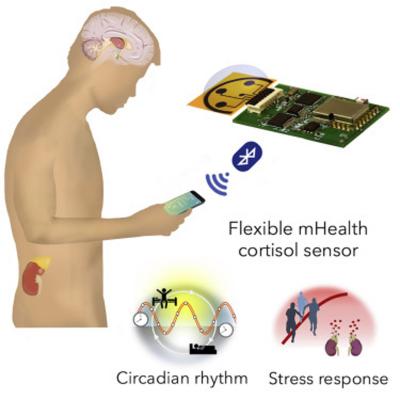Haydale and Welsh Centre for Printing and Coatings secure English Institute for Sport contract
Haydale  has announced that it will now collaborate with the English Institute for Sport (EIS) and the Welsh Centre for Printing and Coating (WCPC) to deliver a range of advanced wearable technology sport apparel for elite athletes.
has announced that it will now collaborate with the English Institute for Sport (EIS) and the Welsh Centre for Printing and Coating (WCPC) to deliver a range of advanced wearable technology sport apparel for elite athletes.
Haydale has reported that initial prototype testing has been completed in live performance sessions with elite athletes with very successful results for wearability through its unique coating systems. Alongside supply chain partners, a range of garments are being manufactured in higher quantities for further use in elite sport settings, focusing on efforts to develop flexible and miniaturized electronics. This enhances product feel as well as reducing weight, allowing for optimized athlete performance.

